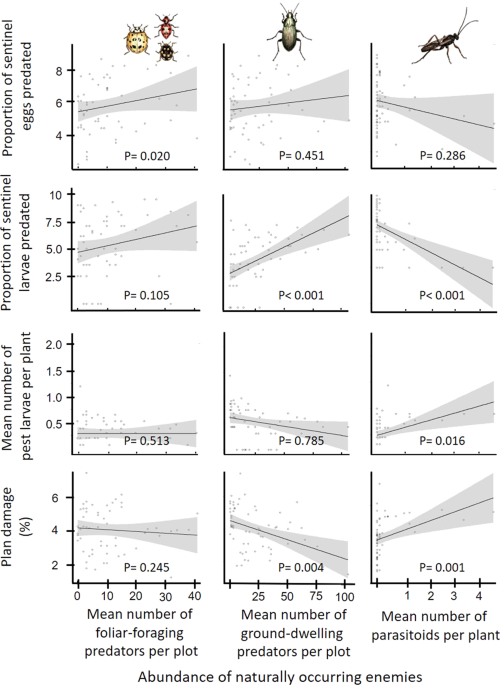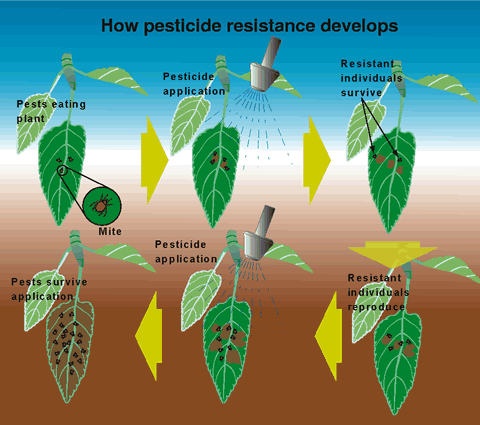Eco Bed Bug Exterminators Dc for Beginners
Eco Bed Bug Exterminators Dc for Beginners
Blog Article
The Only Guide for Eco Bed Bug Exterminators Dc
Table of Contents5 Simple Techniques For Eco Bed Bug Exterminators DcEco Bed Bug Exterminators Dc Things To Know Before You BuyExcitement About Eco Bed Bug Exterminators DcHow Eco Bed Bug Exterminators Dc can Save You Time, Stress, and Money.The 10-Second Trick For Eco Bed Bug Exterminators Dc
Since chemicals are toxic, they are also potentially unsafe to humans, animals, other organisms, and the environment. Individuals who use pesticides or frequently come in call with them must understand the relative poisoning, possible wellness results, and preventative actions to decrease exposure to the items they utilize. Danger, or danger, of making use of chemicals is the possibility for injury, or the level of danger entailed in making use of a chemical under a provided collection of conditions.
Applicators can minimize or almost eliminate exposure-- and therefore lower hazard-- by following the label directions, using individual protective clothing and tools (PPE), and managing the chemical effectively. Even more than 95 percent of all pesticide direct exposures come from dermal direct exposure, largely to the hands and lower arms. By putting on a pair of unlined, chemical-resistant gloves, this kind of exposure can be almost removed.
The hazardous impacts that occur from a solitary direct exposure by any type of route of access are described "severe effects." The four routes of exposure are facial (skin), breathing (lungs), oral (mouth), and the eyes. Acute poisoning is determined by taking a look at the facial poisoning, breathing poisoning, and dental toxicity of examination animals.
8 Easy Facts About Eco Bed Bug Exterminators Dc Explained
Intense toxicity is measured as the quantity or focus of a toxicant-- the a.i.-- needed to eliminate 50 percent of the pets in a test populace. This measure is typically revealed as the LD50 (lethal dose 50) or the LC50 (deadly concentration 50). In addition, the LD50 and LC50 values are based upon a solitary dose and are recorded in milligrams of pesticide per kg of body weight (mg/kg) of the guinea pig or partially per million (ppm).
The lower the LD50 or LC50 value of a pesticide product, the better its poisoning to people and pets. Chemicals with a high LD50 are the least toxic to people if made use of according to the directions on the product tag. The persistent poisoning find more info of a pesticide is identified by subjecting guinea pig to long-lasting exposure to the active component.
The chronic toxicity of a chemical is much more difficult than severe toxicity to identify with research laboratory analysis. Products are classified on the basis of their family member intense poisoning (their LD50 or LC50 worths). Pesticides that are classified as highly toxic (Toxicity Group I) on the basis of either oral, facial, or breathing poisoning should have the signal words DANGER and POISON printed in red with a head and crossbones symbol prominently presented on the front panel of the package label.
The intense (solitary dosage) oral LD50 for pesticide items in this team ranges from a trace total up to 50 mg/kg. As an example, direct exposure of a few drops of a material taken orally could be fatal to a 150-pound individual. Some pesticide items have just the signal word threat, which tells you absolutely nothing concerning the intense toxicity, just that the item can cause severe eye damage or severe skin irritability
A Biased View of Eco Bed Bug Exterminators Dc
In this category, the acute dental LD50 arrays from 50 to 500 mg/kg. A teaspoon to an ounce of this product might be deadly to a 150-pound individual (bed bug heater rentals). Chemical products identified as either a little toxic or relatively safe (Toxicity Classifications III and IV) are needed to have the signal word care on the chemical label

All chemical toxicity worths, consisting of the LD50, can be found on the item's Material Safety and security Data Sheet (MSDS) - how to get rid of bed bugs. Chemical labels and MSDS can be acquired from sellers or manufactures. On top of that, many items also know that can be located on the Web. The symptoms of chemical poisoning can range from a moderate skin irritability to coma and even fatality.
Since of possible health and wellness issues, pesticide individuals and handlers have to acknowledge the common indicators and signs of pesticide poisoning. The impacts, or signs, of pesticide poisoning can be generally defined as either topical or systemic.
Rumored Buzz on Eco Bed Bug Exterminators Dc
Dermatitis, or swelling of the skin, is approved as the most typically reported topical result associated with pesticide direct exposure. Some people have a tendency to cough, wheeze, or sneeze when subjected to pesticide sprays.
This symptom typically subsides within a couple of mins after a person is removed from the exposure to the irritant. A response to a chemical product that causes somebody not just to sneeze and cough but also to create serious acute breathing signs and symptoms is a lot more most likely to be a real hypersensitivity or allergic response.
Systemic effects are fairly various from topical impacts. They typically occur away from the initial point of contact as an outcome of the chemical being absorbed into and dispersed throughout the body. Systemic impacts often consist of queasiness, vomiting, exhaustion, headache, and intestinal conditions. In sophisticated poisoning instances, the person may experience adjustments in heart price, difficulty breathing, convulsions, and coma, which can bring about fatality.
Report this page